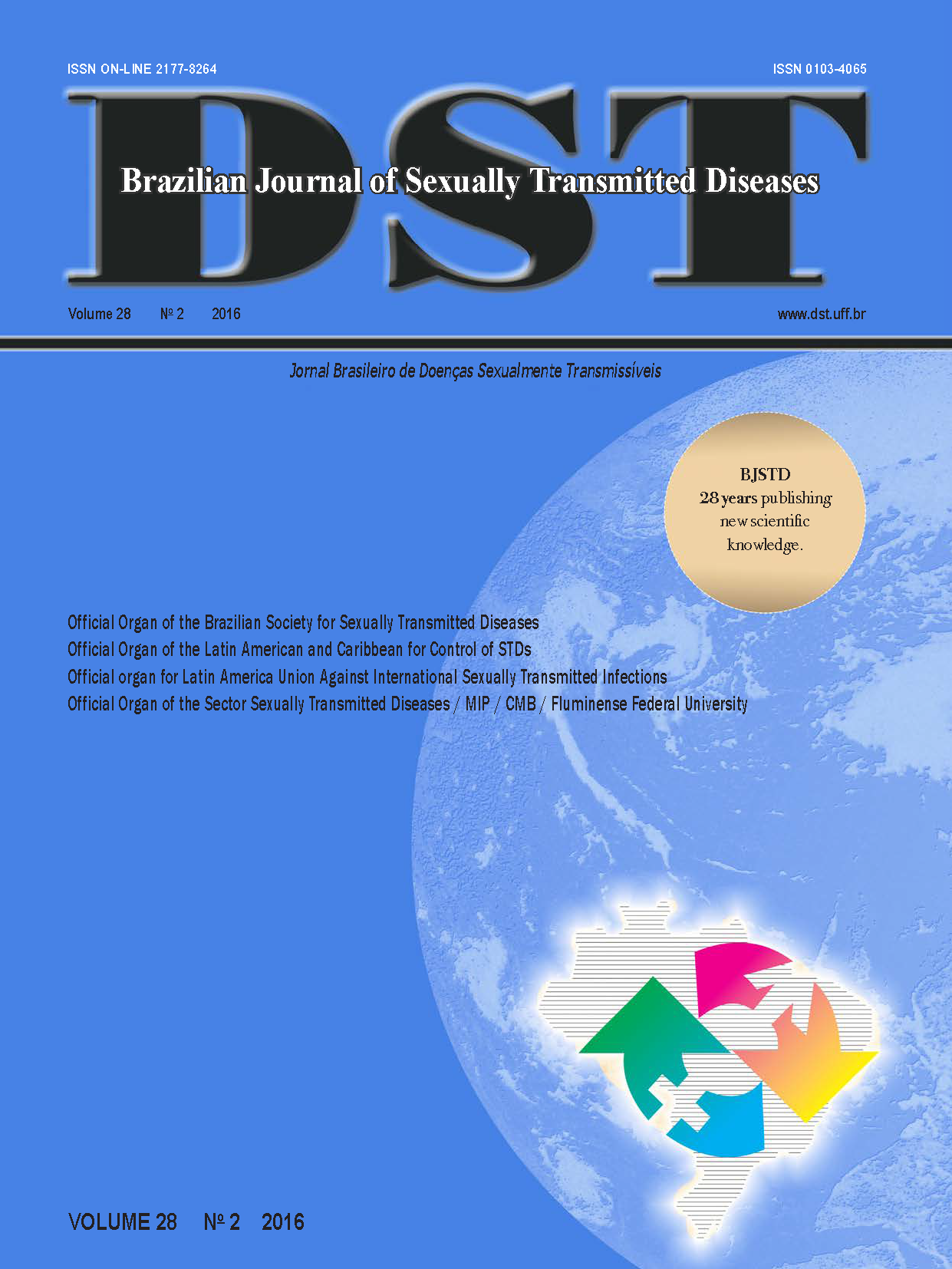Analysis of the sexual exposure trends to human immunodeficiency virus
HIV in Teresina, Piauí state
Keywords:
HIV, health vulnerability, men’s healthAbstract
Introduction: In Brazil, approximately 60% of cases of acquired immunodeficiency syndrome (AIDS) are associated with some form of sexual contact, of which almost half are due to unprotected sex between men who have sex with men. However, this profile has been changing, focusing particularly among avowedly heterosexual people living in peripheral areas of large cities and in the interior of the states. Objective: To analyze the epidemiological trend of sexual exposure to human immunodeficiency virus (HIV) in the city of Teresina, Piauí State. Methods: A time series, descriptive, retrospective, longitudinal, study with a quantitative approach was carried out based on the analysis of cases reported by the National System Diseases Notifications (SINAN). Results: Between 1987 and 2013, Piauí presented a total of 3.574 AIDS cases; Teresina city is following the national trends of HIV transmission, especially in relation to the heterosexual tendency, which represents more than 50% of reported cases. Notifications among men were preponderant: 71.9% of cases, which accumulated an average of 92.4 notifications. The proposed linear trend model is explained in about 85% of the reported data and shows a rise in cases among men. Conclusion: The proposed objective was achieved, demonstrating that there is a heterosexualization trend of the transmission of HIV/AIDS in Piauí. Teresina follows the configuration of the AIDS epidemic that occurs throughout Piauí. There is a trend of heterosexual transmission of the disease, especially among men.












